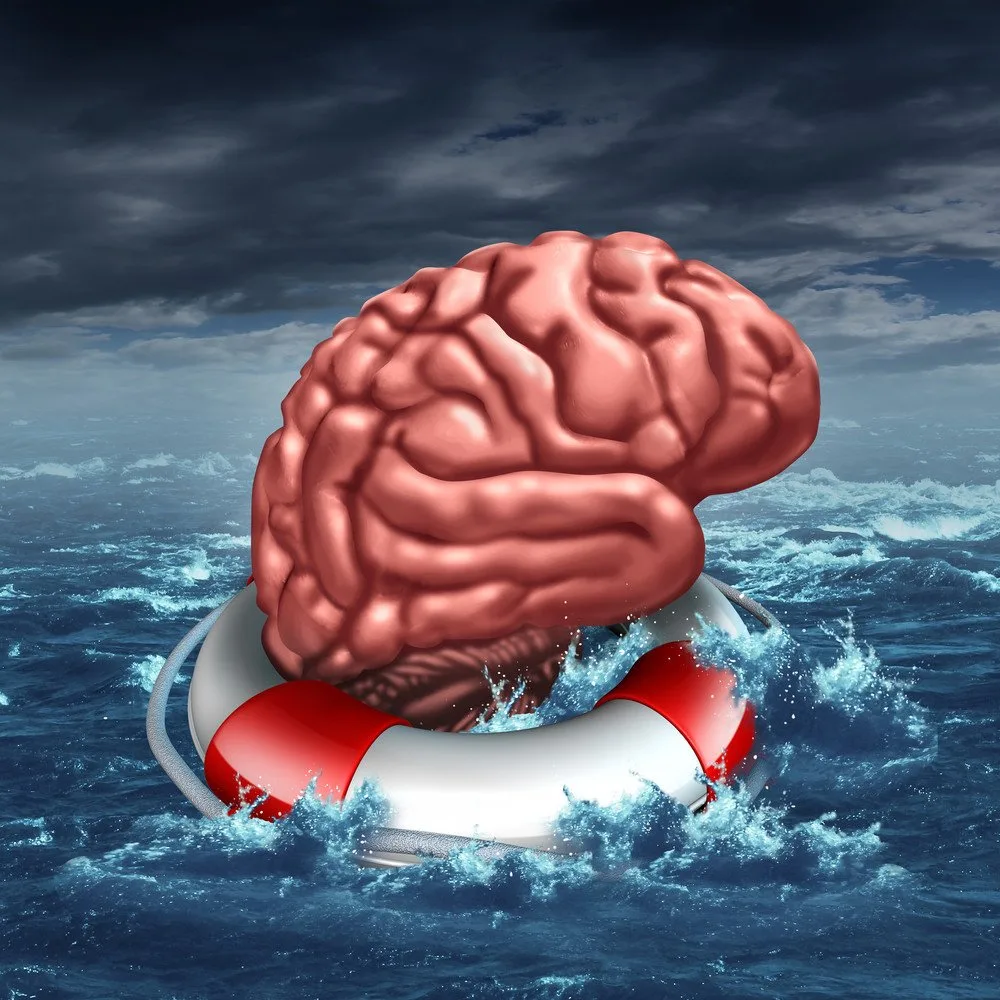If your answer to our question was ‘very little’, it would be understandable. For most people, if you asked them to explain fascia, they would be unable to do so. This is because this is likely the one element of our bodies that has mostly been neglected in the study.
For years, fascia was regarded as simply ‘connective tissue’, the glue that adheres to both our muscles and skin, holding the two together. In fact, it is the body’s internal armor, completely covering our muscles whilst organizing and suspending the various parts of the body. According to The Fascia Research Society, this is the most pervasive, but perhaps the least understood network of the human body.
Over the last few years, however, fascia – which can also be seen as our second skin – has steadily been gaining recognition for the major impact it has on how our bodies operate.
What exactly is fascia?
Have you ever skinned a deer or cut it into a piece of raw chicken? If you have, at some point you would probably have come across those thin, white, sticky membranes, located just beneath the skin or between the muscles. It’s called fascia – and yours is quite a bit more important than chicken. This is a web of connective tissue fibers formed in bands that wraps around all the internal parts of the body – from the toes to the brows. It connects all parts of the body and fuses it together. If you were to look at it under a microscope, you would see a complex network of tubules filled with water, appearing rather similar to a non-structured spiderweb.
Where is it found?
In a word, everywhere. There are four different types of this network, located in various different parts of the body.
1. Structural facia is the type that is found right beneath the surface of the skin, from the top of your head to your toes. It is thick and dense, and it can stretch and expand with the muscle it covers.
2. Visceral fascia is the type found within the abdominal cavity, protecting the organs in this area. It feels more like jelly than strands or a sheet.
3. Interstructural fascia is found between the muscles and organs. This kind is highly adhesive and has an appearance similar to a cobweb.
4. Spinal Fascia is dense in fibers and is found around the spine, where it encases the spine from top to bottom. The other kinds of fascia connect to spinal fascia like cords to a central system.
How does the health of our this element affect the functioning of our muscles?
Christien Mann – teacher and co-founder of Myofascial Activated Posture Movement or “MAP” – explains that healthy fascia is to the muscle what a slingshot is to a pebble.
“It adds elasticity, power and bounce to our muscle movement,” she says. “Well hydrated fascia that can glide and move in different directions assist in transmitting the forces produced by the muscles to many different areas of the body. This can also be compared to dropping a pebble in water creating concentric circles outward. The muscle produces the force (pebble) and the fascia carries the force produced to the outskirts of your body. Unhealthy, dehydrated and “stuck fascia” can be seen as muzzle you place over a dog’s mouth. The muscle tries to “bark” but cannot produce and transmit the forces created.”
What is the link between fascia and cellulite?
“Within the superficial or first layer of this network, we find most of our adipose (fat) tissue,” Mann explains. “It is believed that the integrity of our fascial suit and the ligaments that run from our skin to first layer of fascia can influence the look of cellulite.”
So, how do you properly take care of your fascia?
Do: drink water for healthy fascia
“Fascia loves water! About 70 % of our fascia is made up of water. It needs water for glide and movement,” says Mann. “When you drink water but you do not move, your fascial system will not grab hold of the water. You will merely see the inside of many bathrooms. So merely drinking water is not enough. You have to MOVE! Fascia thrives upon movement. The only bad movement is the one you are not doing.”
One very big component of this network is the protein collagen. “Collagen need certain amino acids as building blocks. Glycine is such an amino acid. Glycine is found in bone broth or other gelatin rich foods or supplements like Health Nut’s hydrolysed gelatine powder.”
Don’t: restrict your movement
 In MAP we say: practice makes permanent. Whatever we do we become. Since many people these day sit for a living, our bodies are being moulded into a chair. This lack of movement causes fascial dehydration and when quick directional change happens the dehydrated fascial tears, creating injury.
In MAP we say: practice makes permanent. Whatever we do we become. Since many people these day sit for a living, our bodies are being moulded into a chair. This lack of movement causes fascial dehydration and when quick directional change happens the dehydrated fascial tears, creating injury.
Don’t: indulge in sugar
Another major culprit in dehydrating fascia is sugar. Sugar draws the water in your system to itself and makes less water available for other systems, such as the fascial networks. Sugar also binds to proteins, such as collagen, through a process called glycation. This forms a very strong but very rigid bond that in turn creates the feeling of stiffness in your movement. That protein also loses its function and becomes useless.




![women [longevity live]](https://longevitylive.com/wp-content/uploads/2020/01/photo-of-women-walking-down-the-street-1116984-100x100.jpg)










